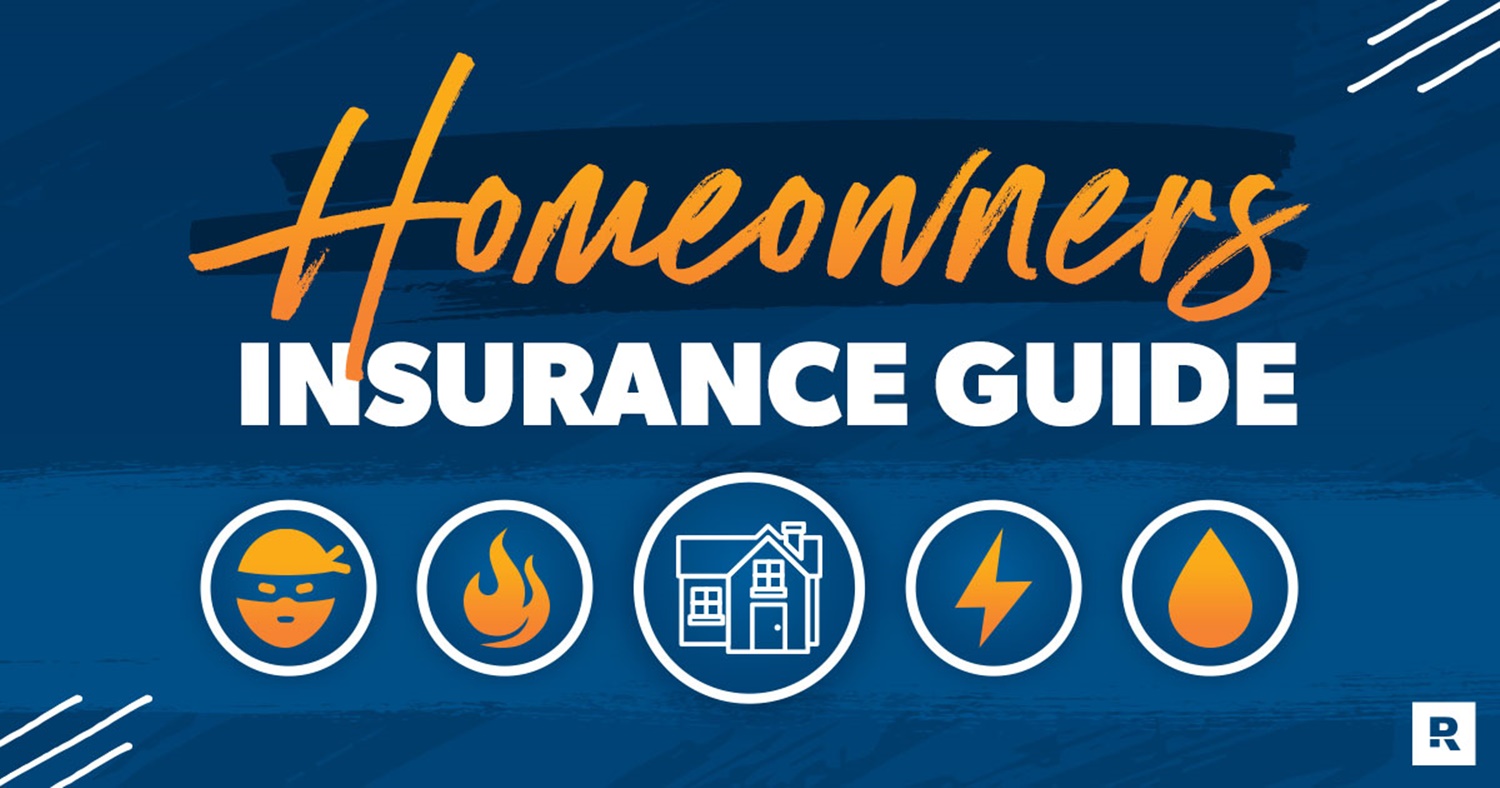The calculus behind mortgage payments is complicated, but Bankrate’s Mortgage Calculator makes this math problem quick and easy.
First, next to the space labeled “Home price,” enter the price (if you’re buying) or the current value of your home (if you’re refinancing).
In the “Down payment” section, type in the amount of your down payment (if you’re buying) or the amount of equity you have (if you’re refinancing). A down payment is the cash you pay upfront for a home, and home equity is the value of the home, minus what you owe. You can enter either a dollar amount or the percentage of the purchase price you’re putting down.
Next, you’ll see “Length of loan.” Choose the term — usually 30 years, but maybe 20, 15 or 10 — and our calculator adjusts the repayment schedule.
Finally, in the “Interest rate” box, enter the rate you expect to pay. Our calculator defaults to the current average rate, but you can adjust the percentage. Your rate will vary depending on whether you’re buying or refinancing.
As you enter these figures, a new amount for principal and interest will appear to the right. Bankrate’s calculator also estimates property taxes, homeowners insurance and homeowners association fees. You can edit these amounts or even ignore them as you’re shopping for a loan — those costs might be rolled into your escrow payment, but they don’t affect your principal and interest as you explore your options.
Typical costs included in a mortgage payment
The major part of your mortgage payment is the principal and the interest. The principal is the amount you borrowed, while the interest is the sum you pay the lender for borrowing it. Your lender also might collect an extra amount every month to put into escrow, money that the lender (or servicer) then typically pays directly to the local property tax collector and to your insurance carrier.
- Principal: This is the amount you borrowed from the lender.
- Interest: This is what the lender charges you to lend you the money. Interest rates are expressed as an annual percentage.
- Property taxes: Local authorities assess an annual tax on your property. If you have an escrow account, you pay about one-twelfth of your annual tax bill with each monthly mortgage payment.
- Homeowners insurance: Your insurance policy can cover damage and financial losses from fire, storms, theft, a tree falling on your home and other hazards. If you live in a flood zone, you’ll have an additional policy, and if you’re in Hurricane Alley or earthquake country, you might have a third insurance policy. As with property taxes, you pay one-twelfth of your annual insurance premium each month, and your lender or servicer pays the premium when it’s due.
- Mortgage insurance: If your down payment is less than 20 percent of the home’s purchase price, you’ll probably be on the hook for mortgage insurance, which also is added to your monthly payment.
Mortgage payment formula
Want to figure out how much your monthly mortgage payment will be? For the mathematically inclined, here’s a formula to help you calculate mortgage payments manually:
Equation for mortgage payments
M = P
r (1 + r)n
(1 + r)n – 1
How a mortgage calculator can help
As you set your housing budget, determining your monthly house payment is crucial — it will probably be your largest recurring expense. As you shop for a purchase loan or a refinance, Bankrate’s Mortgage Calculator allows you to estimate your mortgage payment. To study various scenarios, just change the details you enter into the calculator. The calculator can help you decide:
- The loan length that’s right for you. If your budget is fixed, a 30-year fixed-rate mortgage is probably the right call. These loans come with lower monthly payments, although you’ll pay more interest during the course of the loan. If you have some room in your budget, a 15-year fixed-rate mortgage reduces the total interest you’ll pay, but your monthly payment will be higher.
- If an ARM is a good option. As rates rise, it might be tempting to choose an adjustable-rate mortgage (ARM). Initial rates for ARMs are typically lower than those for their conventional counterparts. A 5/6 ARM — which carries a fixed rate for five years, then adjusts every six months — might be the right choice if you plan to stay in your home for just a few years. However, pay close attention to how much your monthly mortgage payment can change when the introductory rate expires.
- If you’re spending more than you can afford. The Mortgage Calculator provides an overview of how much you can expect to pay each month, including taxes and insurance.
- How much to put down. While 20 percent is thought of as the standard down payment, it’s not required. Many borrowers put down as little as 3 percent.
Deciding how much house you can afford
If you’re not sure how much of your income should go toward housing, follow the tried-and-true 28/36 percent rule. Many financial advisors believe that you should not spend more than 28 percent of your gross income on housing costs, such as rent or a mortgage payment, and that you should not spend more than 36 percent of your gross income on overall debt, including mortgage payments, credit cards, student loans, medical bills and the like. Here’s an example of what this looks like:
Joe makes $60,000 a year. That’s a gross monthly income of $5,000 a month. $5,000 x 0.28 = $1,400 total monthly mortgage payment (PITI)
Joe’s total monthly mortgage payments — including principal, interest, taxes and insurance — shouldn’t exceed $1,400 per month. That’s a maximum loan amount of roughly $253,379. While you can qualify for a mortgage with a debt-to-income (DTI) ratio of up to 50 percent for some loans, spending such a large percentage of your income on debt might leave you without enough wiggle room in your budget for other living expenses, retirement, emergency savings and discretionary spending. Lenders don’t take those budget items into account when they preapprove you for a loan, so you need to factor those expenses into your housing affordability picture for yourself. Once you know what you can afford, you can take financially sound next steps.The last thing you want to do is jump into a 30-year home loan that’s too expensive for your budget, even if a lender is willing to loan you the money. Bankrate’s How Much House Can I afford Calculator will help you run through the numbers.


